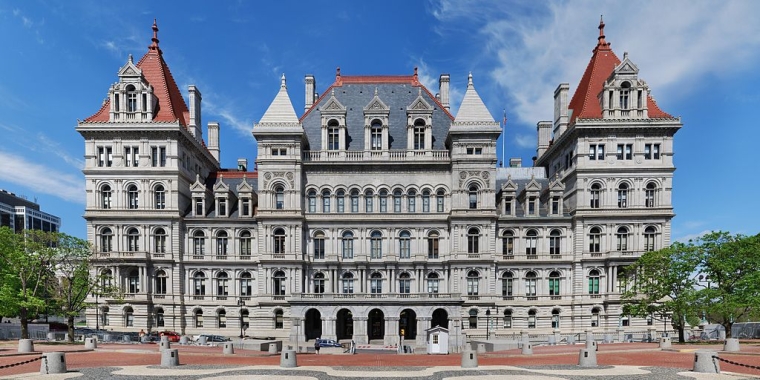
Testimony Before the MTA Regarding Service Cuts on the M15 Bus Route on September 15, 2003
Liz Krueger
July 12, 2010
I am State Senator Liz Krueger and I represent the 26th Senate District, which includes Midtown and the East Side of Manhattan. I am here today to express my opposition to the proposed reduction in the frequency of service on the M15 line, which runs along First and Second Avenues in my district. It is clear that this reduction is related to the introduction of articulated buses on this line. As I have previously expressed in correspondence with the MTA, I am concerned that articulated buses, with increased headway, fewer buses being deployed, and longer journey times, effectively constitutes a reduction in service for my constituents. The MTA’s plan involves cutting the number of buses dispatched per hour, so that, according to the MTA’s own numbers, riders traveling to work in the morning will endure 60 percent longer waits in between buses.
The East Side of Manhattan has long been underserved by New York’s public transportation network. While most residents on the West Side live within a few blocks of a subway, those living on East End Avenue must walk five long avenues to the Lexington line. MTA officials predict the Second Avenue subway will not be complete until 2020, and, until then, buses will continue to be a primary mode of transportation for commuters and elderly and handicapped residents of the East Side.
The longer wait time and larger buses are significant. Boarding already accounts for 30 percent of time spent on New York City buses, and riders rate slow service as the number one problem on city buses. Bus riders will not only be waiting longer for their buses, they will be waiting longer for passengers to board the bus, resulting in a longer commute. While the MTA contends that more riders will be served by larger buses, I believe the negative impacts articulated buses will have on service will aggravate my constituents and result in decreased ridership.
I have several other concerns regarding articulated buses. Constituents have reported that people in wheelchairs have great difficulty boarding articulated buses and maneuvering around the fare collection device and seated passengers in order to reach the securement area. Furthermore, the fact that the articulated buses bought by the MTA do not utilize green technology undermines efforts to reduce air pollution in New York City.
The economic development of this city is tied to our ability to create attractive, rapid public transportation systems to serve our dense neighborhoods. The MTA’s decision to reduce service frequency will inevitably result in decreased ridership. I encourage the MTA to examine alternatives such as Bus Rapid Transit, a system that has been successfully implemented in cities across the world that could enhance the speed and reliability of bus transportation while saving the MTA millions of dollars.
I urge the MTA Board to reject this proposal and preserve current frequency of service on the M15 line. Furthermore, I once again urge the MTA to reconsider its decision to increase its reliance on articulated buses, which do not meet the needs of riders, and which are not well adapted to the crowded streets of New York City. Thank you for allowing me to speak on this very important issue.
Share this Article or Press Release
Newsroom
Go to NewsroomSenator Krueger's February 2025 Update
February 28, 2025


Statement from Senator Liz Krueger On Mayor Eric Adams
February 18, 2025
